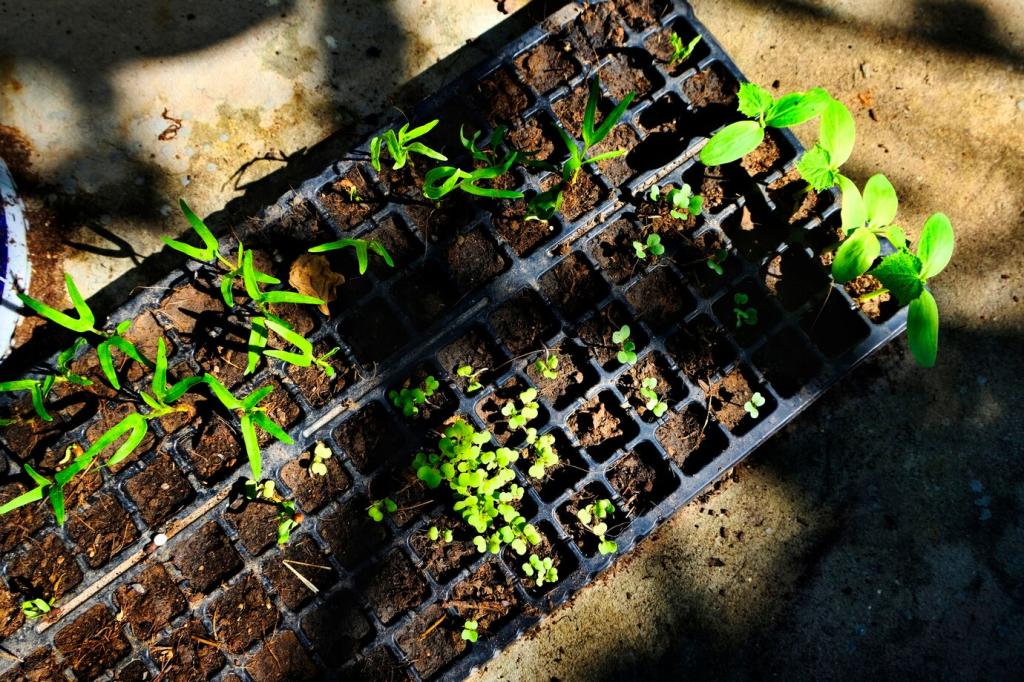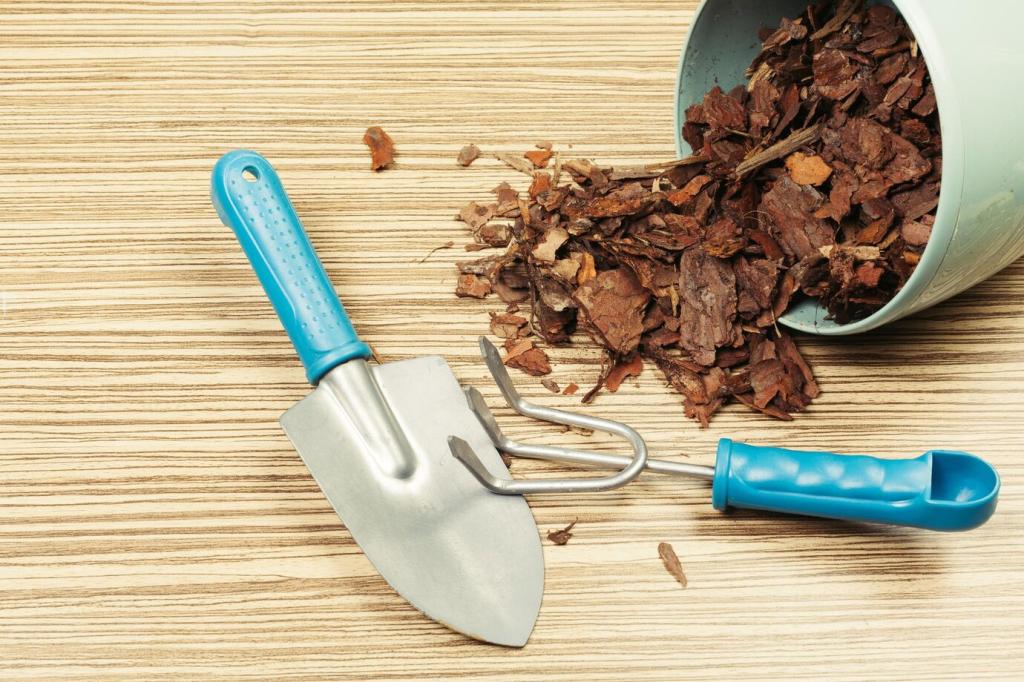Aeration Without the Mess
A manual T-handle aerator or narrow compost crank pulls air down into the bin without heavy lifting. Choose a slim model that fits your container diameter. Tell us how often you turn your pile, and we will share a balcony-friendly schedule.
Aeration Without the Mess
A simple chopstick or dowel can poke gentle channels that boost airflow and break up clumps. It is quiet, cheap, and surprisingly effective for small batches. Try five quick pokes each time you feed and note the odor difference after two days.





